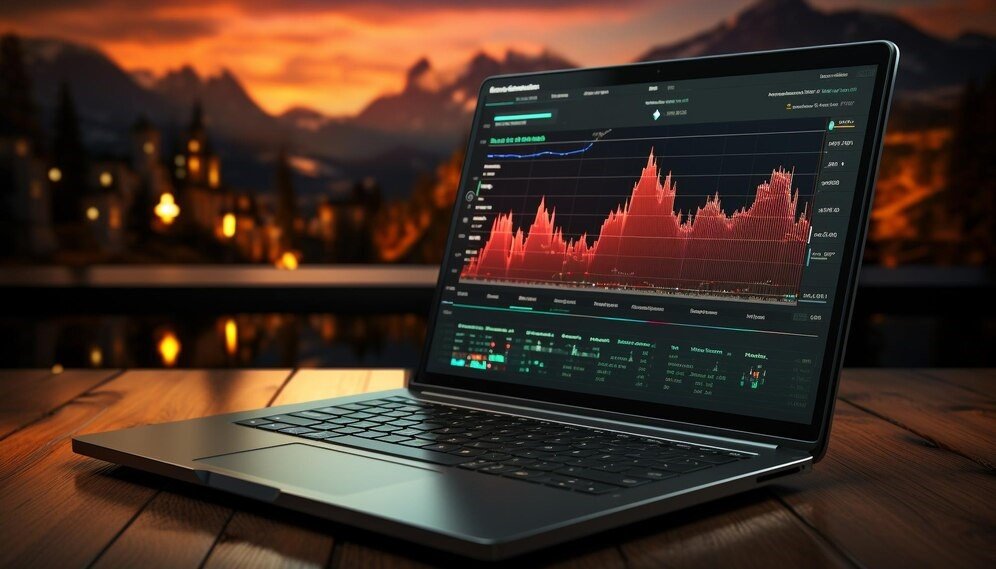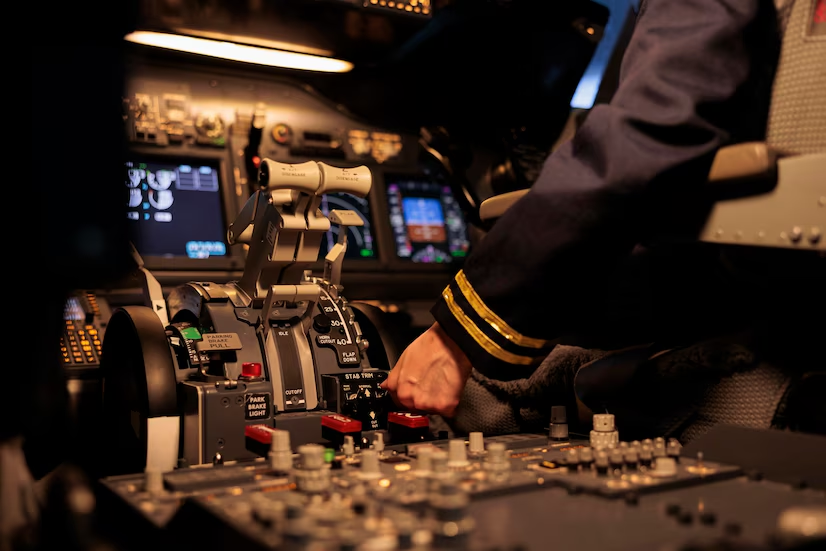Concrete grinding and resurfacing are the two most practical ways to repair worn-out concrete surfaces. Beyond these apparent reasons, concrete resurfacing in Melbourne offers a second chance for homeowners and retailers to upgrade the old look with modern designs.
However, both homeowners and professionals often encounter challenges that can affect the quality of the finished surface. This comprehensive guide aims to address common issues in concrete grinding and resurfacing. While doing so, we’ll also learn the possible solutions to these problems for your Melbourne’s driveways, patios, or commercial floors.
Table of Contents
Common Issues in Concrete Grinding and Resurfacing
1. Uneven Surface After Grinding
One of the most common problems in concrete grinding is ending up with an uneven surface. This usually occurs due to uneven pressure applied during the grinding process or the use of incorrect grinding equipment.
Solution: To avoid this, using the right grinding tools and techniques is essential. Ensure that the grinding machine is in good condition. Walk-behind grinders are helpful for large surfaces, whereas small surfaces demand handheld grinders to smooth the edges and tight spaces.
Even the diamond segments should be suitable to the hardness of the concrete. Applying consistent pressure and using a systematic approach can help achieve a more even surface. Looking for a professional concrete grinder in Melbourne can help in such cases.
2. Dust Control Issues
Concrete grinding can generate a significant amount of dust, which poses health risks and creates a messy work environment.
Solution: Using dust extraction systems is crucial. Use a high-quality dust collector that connects to your grinding machine. For larger projects, consider wet grinding methods to suppress the dust and waste from the grinding process.
3. Cracking and Chipping
Cracking or chipping during the resurfacing process can be a concern, particularly in older concrete structures common in Melbourne. This can happen when you don’t clean the surface before resurfacing it. As a result, concrete is more likely to chip off.
Solution: Start by assessing the concrete’s condition. Repair any existing cracks or damages before beginning the resurfacing process. Using a concrete densifier can also help strengthen the surface. Getting the help of an expert for concrete resurfacing in Melbourne can make all the difference.
4. Difficulty in Removing Old Coatings
Removing old paint, epoxy, or other coatings can be challenging and time-consuming.
Solution: For efficient removal, a grinder designed with a coating removal tool or diamond segments will effectively strip away the paints, epoxy and sealants without damaging the concrete. If the coating is too thick, consider using a chemical stripper before grinding.
5. Colour Inconsistencies in Decorative Concrete Resurfacing
When working with coloured or decorative concrete, achieving a consistent colour can be difficult.
Solution: Consistency is key in mixing and applying the resurfacing product. Follow the manufacturer’s instructions precisely. Take a test on a small area first to ensure the colour matches your expectations.
6. Moisture Issues
Melbourne’s changing climate can introduce moisture problems, affecting the grinding and resurfacing process and the strength of the final product.
Solution: Always check the moisture content of the concrete before starting. Use moisture barriers if necessary, and avoid resurfacing under extreme weather conditions. Choosing moisture-resistant materials can also be beneficial. Look for professional concrete grinding in Melbourne to start with the surface preparation.
7. Adhesion Problems
Sometimes, the resurfacing material may not adhere properly to the concrete surface, leading to peeling or flaking.
Solution: Proper surface preparation is critical. Ensure the surface is clean, dry, and free of contaminants. Using a bonding agent can improve adhesion. Follow the manufacturer’s guidelines for the best results.
8. Surface Imperfections After Resurfacing
Bubbles, streaks, or other surface imperfections can occur after resurfacing.
Solution: These are often due to improper application techniques. Use the right tools, such as a spiked roller, to remove air bubbles. Apply the resurfacing material evenly and carefully to avoid streaks.
9. Rapid Wear and Tear
In high-traffic areas, wear and tear can be a significant issue, leading to the quick damage of the resurfaced area.
Solution: Choose a high-quality and durable resurfacing product. Applying a sealer can provide additional protection against wear, stains, and weather elements.
10. Matching with Existing Concrete
Blending new resurfacing with existing concrete can be challenging, especially regarding texture and colour.
Solution: Select a resurfacing product that closely matches the existing concrete. Experiment with different textures and finishes to achieve a seamless blend.
Concrete grinding in Melbourne requires attention to detail, tools, and techniques to overcome common challenges. Resurfacing the concrete requires the same level of precision. Following these solutions ensures a smoother, more durable, and aesthetically pleasing concrete surface. Remember, every project is unique, so adapt these solutions to your specific situation and don’t hesitate to consult with local experts in Melbourne for better advice.
Maintenance Tips After Resurfacing:
Here are some cleaning tips to maintain resurfaced concrete for long and lasting years.
- Ensure routine sweeping of the concrete surface to keep it clean from the dirt and leaves.
- Wash the surface with mild detergents. It is best to avoid harsh chemicals when washing concrete as it rips away the sealants and finishes. Schedule a low-pressure washing for driveways and patios periodically.
- Apply good-quality and suitable sealant every 2-3 years for residential outdoors. Commercial stores and offices may require frequent resealing.
- Use protective mats and rugs and promptly address chemical spills, oils, and vehicle fluids.
- Under freezing temperatures, it is best to avoid deicing chemicals and use sand to prevent further damage.
Takeaway
As we wrap up, understand that balancing the process of grinding and concrete resurfacing in Melbourne is quite a skill. It requires a blend of the right skills, tools, and knowledge to address common issues effectively. Whether you’re a homeowner looking to revamp your driveway or a commercial entity aiming to upgrade your floors, understanding these troubleshooting tips is crucial.
Regular maintenance, including cleaning, resealing, and damage prevention, is essential in extending the lifespan of your resurfaced concrete, keeping it looking its best for years to come.
Remember, while DIY solutions can be effective for minor projects, consulting with professionals for concrete grinding and resurfacing in Melbourne can make a significant difference.
Choose Premium Concrete Resurfacing Today
As we embrace the possibilities of concrete resurfacing and grinding, let’s approach Premium Concrete Resurfacing. The company understands each project with the knowledge and care it deserves, ensuring that our concrete surfaces remain strong, beautiful, and functional. With the right approach, your Melbourne property can enjoy the full benefits of expertly resurfaced concrete areas.
Contact us today.





